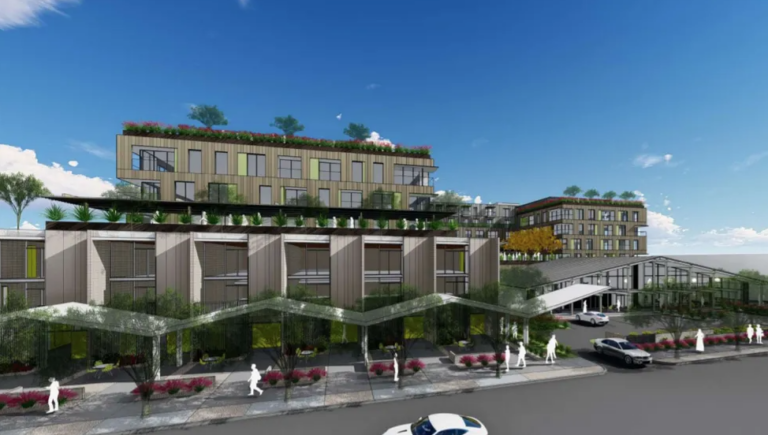The Scottsdale City Council heard a new report from Elliot D. Pollack and Company last week on the city’s affordable housing situation and were told the East Valley suburb’s affordability climate may be the worst in Metro Phoenix.
The study was commissioned by pro-development group Home Arizona. Affordability was based on estimated median salaries in the Valley.
Pollack has often stated professionals like teachers, firefighters and police officers cannot afford anything larger than a one-bedroom apartment in the city and are forced to live elsewhere. The latest study confirms and reiterates those findings.
As bad as the affordability situation has been, it has worsened over the past two years as rent increases have consistently and dramatically outpaced wage growth.
One problem researchers and both pro- and anti-development forces consistently face is a lack of accurate information on Scottsdale’s development pipeline. City planning documents identify the pipeline at approximately 11,200 units, which is the total number of units approved. In reality, there could be as few as 2,200 new units with any possibility of actually being built.
New housing development, particularly in multifamily, has been an increasingly contentious issue in Scottsdale for years, and anti-development forces have made significant inroads in recent years, electing a mayor and several council members on “resident-friendly” tickets looking to slow, and in some cases eliminate, new apartment development.
Mayor David Ortega, for example, has repeatedly stated the city’s infrastructure cannot support significant growth in resident volumes or unit counts. Councilmember Betty Janik has recommended pausing new development until officials have a precise estimate on the city’s water availability.
Councilmember Kathy Littlefield has said increasing apartment development would violate the updated General Plan passed last year and lead to decreases in the standard of living for current residents.
The 2035 General Plan, a planning guideline that does not have the force of law, makes no allowances for residential development at densities greater than 25 units per acre, a limit Mayor Ortega has repeatedly referenced as a mandate and absolute operational principle.
Janik has recommended soliciting federal funds to incentivize developers to designate units as affordable.
Members Tammy Caputi and Linda Milhaven, meanwhile, have said the key to addressing affordability is approving more developments to supply more units to the market.
The new study examined affordability across 11 Valley cities in nine worker categories. The entire region is experiencing a severe affordability deficit, and purchasing a new home is not a realistic option for essential workers in any of the 11 cities. Scottsdale, however, ranked worst across the sample areas.
Among the study’s findings:
- Scottsdale is the only city where police officers cannot afford a two-bedroom apartment on their salaries. In fact, nurses are the only worker category that can;
- Scottsdale home prices are 40% higher than the median price in the second most expensive Valley city studied;
- Scottsdale’s apartment rents average 15% more than regional averages, and renters need to earn $20K more than they did in 2020 to afford Scottsdale rents. Firefighter and school teacher salaries have increased, on average $4K.
Some officials fear the lack of affordable housing options may motivate many essential workers not just to live elsewhere, but to work elsewhere as well, leading to shortages in services and city operations.

